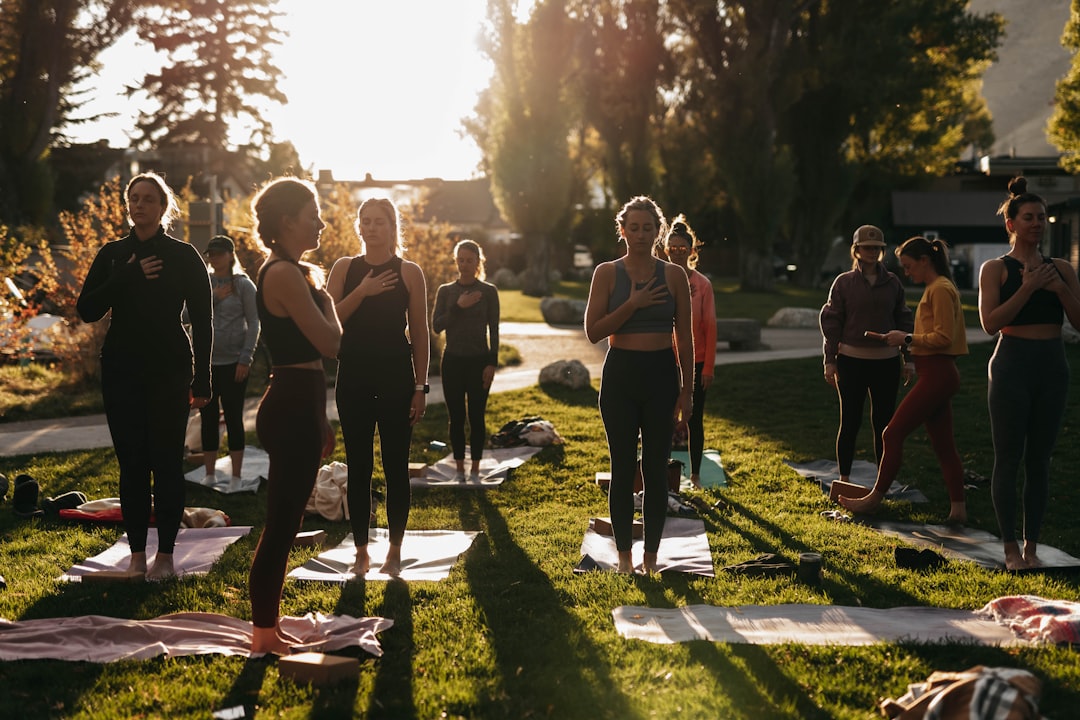Related
Essential Meditation Practices for Holistic Well-being
A comprehensive guide to understanding Essential Meditation Practices for Holistic Well-being and incorporating these practices into your daily...
Popular topics
03 min reading in—Meditation
Discover the path to tranquility with "Unlock Inner Peace: Transformative Meditation Techniques Revealed." This blog post unveils powerful methods to cultivate serenity and mindfulness, guiding you through transformative practices that soothe the mind and invigorate the spirit. Embark on a journey of self-discovery and embrace the calm within.

In our fast-paced world, finding inner peace may feel like a far-off dream. Yet, through the practice of meditation, you can unlock the door to tranquility and center your mind amidst the chaos. Whether you're new to meditation or a seasoned practitioner, exploring transformative meditation techniques can deepen your experience and enhance your holistic wellness. In this blog post, we'll delve into the benefits of meditation, uncover various techniques, and offer practical advice to help you embark on your journey to inner peace.
Before diving into the meditation techniques, let's explore why meditation has become a cornerstone of holistic wellness.
Stress Reduction: Scientific studies have shown that regular meditation practice can significantly lower stress levels. By activating the parasympathetic nervous system, meditation helps you manage everyday stress more effectively.
Improved Focus and Concentration: Meditation enhances your ability to concentrate. By training your mind to focus on the present moment, you can sharpen your attention span and boost productivity.
Emotional Health Boost: Consistent meditation practice has been found to increase positive emotions, decrease symptoms of depression and anxiety, and foster a stronger sense of overall emotional well-being.
Better Sleep: By calming your mind and body, meditation can improve sleep quality, helping you fall asleep faster and enjoy deeper, more restorative rest.
Mindfulness meditation is one of the most popular and accessible forms of meditation. It involves being fully present in the moment, acknowledging your thoughts, feelings, and sensations without judgment.
Practical Tip: Set a timer for 5-10 minutes a day to start with, gradually increasing the time as you become more comfortable with the practice.
Loving-kindness meditation, or Metta meditation, involves cultivating an attitude of love and kindness toward yourself and others. It's a powerful technique for fostering compassion and empathy.
Practical Tip: Incorporate this practice as a way to foster more positive relationships and reduce negative feelings towards others.
Body scan meditation helps you reconnect with your body, guiding you to identify areas of tension and promote relaxation.
Practical Tip: Use body scan meditation right before bed to help release any stress and prepare for a restful night’s sleep.
Guided visualization uses the power of imagination to evoke peaceful and positive imagery, which can help reduce stress and promote relaxation.
Practical Tip: Consider using guided audio tracks to help lead your visualization sessions, especially as a beginner, to get the most out of this technique.
Embarking on a meditation journey can unlock profound inner peace and transform your holistic wellness. By exploring a variety of meditation techniques—from mindfulness and loving-kindness to body scan and guided visualization—you can find what resonates best with you and enrich your practice. Remember, the path to inner peace is a personal journey, one that thrives on patience, consistency, and openness to new experiences.
So, why wait? Begin incorporating these transformative meditation techniques into your daily routine and uncover the serenity that awaits within you. Happy meditating!
Related
A comprehensive guide to understanding Essential Meditation Practices for Holistic Well-being and incorporating these practices into your daily...
Related
Discover the keys to tranquility with "Unlock Inner Peace: 7 Transformative Meditation Techniques." This guide delves into powerful practices that...
Related
Discover the transformative power of meditation and unlock holistic wellness with our guide to daily practices. Learn how dedicating just a few...